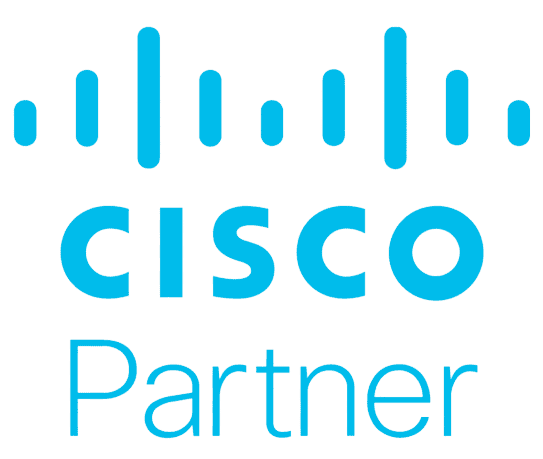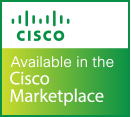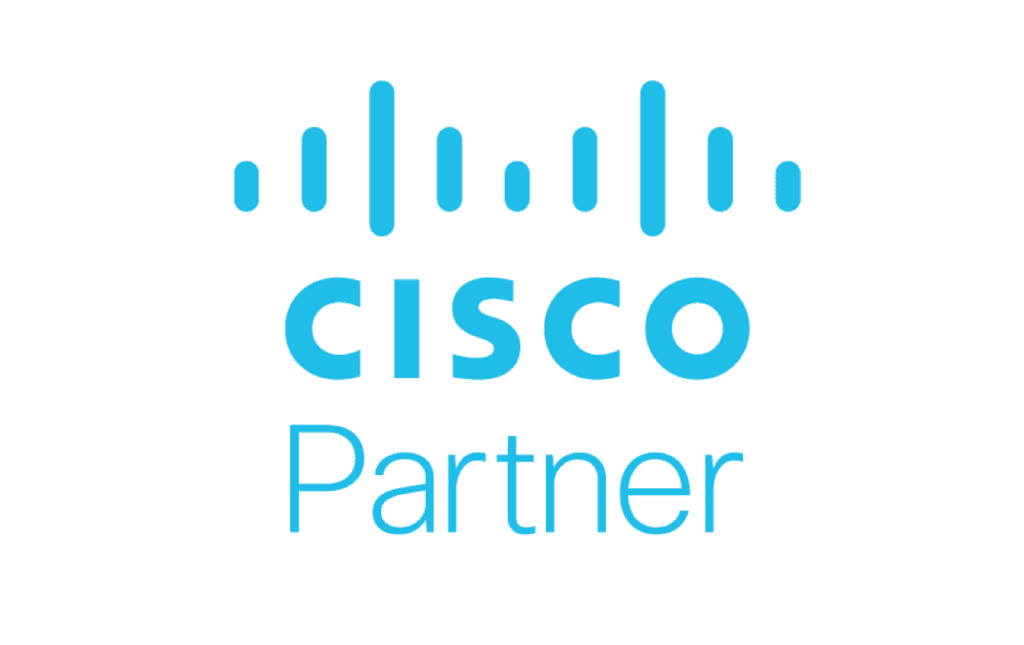In the rapidly evolving landscape of hybrid workplaces, organizations are increasingly realizing the significance of effective communication and collaboration. Remote work has grown by 91% in the past decade and 54% of employees prefer a hybrid work model, highlighting the need for robust communication solutions to bridge the physical divide.
The COVID-19 pandemic accelerated the growth of hybrid working, leading to a rapid rollout of work-from-home technology worldwide. Unified Communications (UC), once unfamiliar to most, has now become an integral part of daily life for millions of workers across the globe, with platforms like Webex and Zoom playing a vital role. Last year alone, Over 7 million users around the world use Webex Calling to make 8+ billion calls per month, doubling our installed base since last year. As we move past the emergency rollouts, businesses are now focused on optimizing their systems, whether it’s enhancing collaboration, improving morale, managing productivity, or ensuring data security. This calls for a closer look at UC strategies to fine-tune and optimize their operations.
In this blog post, we will delve deeper into the importance of unified communications in a hybrid workplace and explore how organizations can address these challenges. We will provide valuable tips and strategies for effective UC automation lifecycle management in the new work paradigm, enabling teams to thrive in their collaborative efforts.
Table of Contents
ToggleThe Importance of Unified Communications in Hybrid Workplace:
Unified Communications offers a range of benefits that are particularly valuable in hybrid work settings. By integrating various communication channels such as voice, video, messaging, and collaboration tools, UC platforms enhance collaboration, promote real-time teamwork, and bridge the physical distance between remote and in-office employees.
Furthermore, UC provides seamless connectivity, allowing employees to access communication tools from anywhere using any device. This flexibility ensures continuous connectivity and empowers individuals to work efficiently regardless of their location. The streamlining of communication workflows in UC solutions reduces the time spent switching between different applications, consolidates channels into a single interface, and improves overall productivity.
Additional benefits include:
- Cost optimization: By consolidating multiple communication channels into a single UC SAAS platform, organizations can dramatictly optimize costs associated with maintaining separate systems and infrastructure.
- Streamlined workflows: UC streamlines business processes by integrating communication tools with other applications and systems, simplifying workflows and enhancing efficiency.
- Enhanced customer service: UC enables organizations to provide better customer service through features like call routing, presence information, and instant messaging, leading to improved customer satisfaction.
- Global reach: With UC, organizations can easily connect and communicate with colleagues, partners, and clients globally, breaking down geographical barriers.
- Data security: UC platforms incorporate robust security measures such as encryption, access controls, and authentication protocols to ensure the confidentiality and integrity of communications and data.
- Scalability: UC solutions can scale up or down based on organizational needs, accommodating growth and providing flexibility for future expansion.
- Improved employee satisfaction: UC tools enable seamless communication and collaboration, promoting a positive work environment and increasing employee satisfaction.
Challenges in Managing Unified Communications in Hybrid Work:
While the benefits of unified hybrid work communications are significant, there are still challenges to overcome. Connectivity issues are a common hurdle as employees rely heavily on network connections both in-office and remotely. Ensuring stable and secure network connections is essential for seamless UC usage and to avoid communication disruptions. Hybrid work also introduces additional security risks, as data is accessed from various devices and locations. Safeguarding sensitive information and implementing robust security protocols across communication channels are crucial for effective UC management.
Transitioning to unified communications requires proper training and support for employees to adapt to new tools and workflows. Ensuring that all team members have the necessary skills to utilize UC features optimally is vital for successful implementation.
Tips for Managing Unified Communications in Hybrid Work:
To effectively manage unified communications in a hybrid work environment, consider the following tips:
- Map Your Communication Needs: Conduct a comprehensive map of your organization’s hybrid unified communication platform and management requirements, considering the unique needs of remote and in-office employees. Consider factors such as the frequency and modes of communication, collaboration needs, and integration requirements with existing systems. Mapping will provide valuable insights to help you select the most suitable UC solutions tailored to your organization’s specific needs, avoiding unnecessary expenses and ensuring an optimal communication infrastructure.
- Prioritize Network Infrastructure: It is crucial to prioritize and optimize your network infrastructure to meet the increased demand for connectivity and bandwidth in a hybrid work environment. Regularly monitor network performance, identify potential bottlenecks, and take necessary measures to enhance network capacity and reliability. Prioritize the implementation of Quality of Service (QoS) protocols to ensure a seamless and uninterrupted UC experience for your workforce. Additionally, invest in reliable networking equipment that can effectively support the demands of UC usage, enabling efficient communication and collaboration across your organization.
- Implement Security Measures: In a hybrid work environment, safeguarding sensitive data and communications is paramount. Implement robust security protocols to protect your organization from potential risks. Incorporate encryption technologies to secure data transmission and storage, ensuring that confidential information remains confidential. Utilize multi-factor authentication to add an extra layer of protection to user accounts and restrict unauthorized access. Implement access controls to define user privileges and permissions, minimizing the risk of data breaches or unauthorized system usage. By implementing these security measures, you can mitigate the risks associated with hybrid work environments and ensure the confidentiality and integrity of your organization’s communication channels.
- Provide Ongoing Training: Successful adoption of UC tools requires comprehensive training programs that empower employees to utilize these tools effectively. Offer training sessions and resources to familiarize your workforce with the features and functionalities of UC solutions. Encourage active participation and hands-on practice to build confidence and proficiency among employees. Additionally, establish a regular communication channel to inform employees about updates, new features, and best practices related to UC tools. By providing ongoing training and keeping your workforce informed, you can ensure continuous learning, adoption, and maximum utilization of UC tools, thereby enhancing collaboration and productivity in your hybrid work environment.
- Leverage UC Lifecycle Management Platforms: Simplify UC management with a platform like Tuki. SaaS platform which offers automation tools and centralized control, enabling efficient provisioning, configuration, and monitoring of UC solutions throughout your organization. By adopting such a platform, you can optimize your UC deployment, minimize administrative overhead, and ensure a seamless and efficient UC experience for your teams.
Experience the transformative power of unified communications in your hybrid work environment to unlock unparalleled collaboration and productivity
Adapting to the demands of a hybrid work model requires careful planning and the right tools. Why settle for fragmented communication and disconnected workflows when you can harness the full potential of unified communications with Tuki? Explore the vast possibilities that unified communications bring and embrace Tuki as your catalyst for success. By centralizing and automating UC lifecycle management, Tuki empowers your organization to optimize its communication processes, eliminate inefficiencies, and drive meaningful collaboration.
Don’t settle for mediocrity in communication—embrace Tuki, embrace UC lifecycle management approach , and propel your organization toward a future of seamless connectivity and unrivaled productivity.














